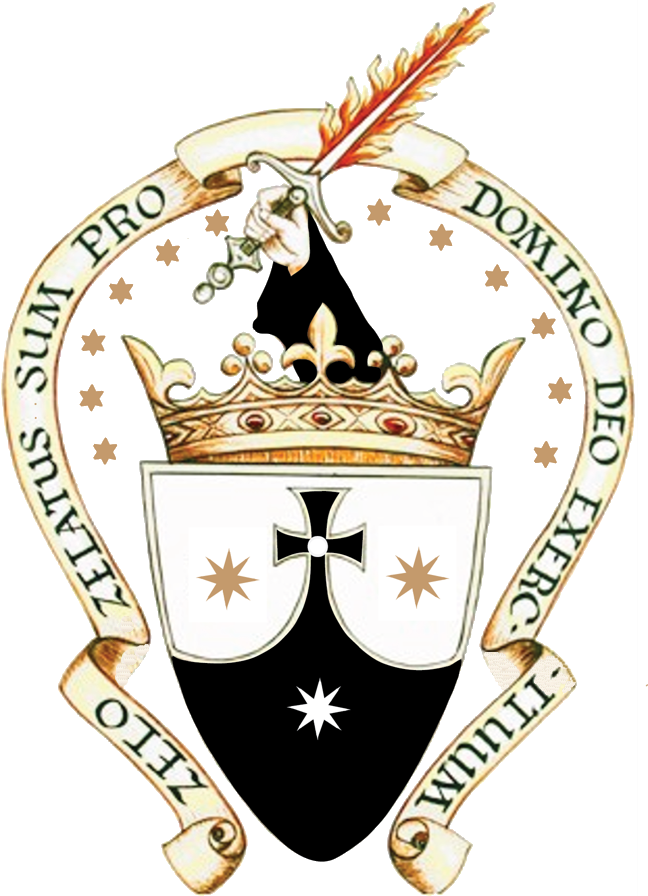Being a Nuns
Becoming a Nuns today
To be a nun does not mean pursuing a monastic degree acquired with profession, not even the glory of a name in the Church. We are created for the Christian honor and glory of God; and it is our greatest gift, as Saint Basil the Great and Saint Gregory of Nazianzus have already said: “Just as everyone has a surname received from his parents or acquired by himself, that is say because of the activity or orientation of his life, for us the greatest activity and the greatest name was to be truly Christians and recognized as such.” The Christians, who love the first monks, feel the need to live the Gospel with more radicality and perfection, which the desert offers us in abundance. For this, the soul must feel this interior call from the Lord which obliges it to give itself to him in solitude and silence.
We have one vocation in the Church, but with different levels of loneliness. Monasteries with more community life, and anchorite life, in total solitude and separation from the world and from the community itself. We call the Nuns of the Monasteries: hermit-nun and those of the hermitages as hermit-anchorite (solitary).
Among the hermit-nuns are the choir sisters, who spend most of their time in the cell or near it, as the Holy Rule requires, and in the choir Offices; and the Converse Sisters, according to the ancient custom of monastic life. The Converse Sisters experience the same silence and the same loneliness as the others, but they work more outside the cell, in the premises of the monastery.
Thus, each contributes harmoniously for the good of all, so that all may give glory to God and contribute to the salvation of souls, according to their vocation.
Monastic Formation
Formation is an intrinsic requirement of Monastic life. It should not be used as a form of pride or a quest for titles, but for the purpose of formation: to know the Will of God and to follow it and thus contribute to the History of Salvation. The Monasteries of Antiquity have always been the cradle and source of true Christian study, where everyone drew from the source that emanated from them without their monks needing to seek what they could find in abundance. in his cloister. Undeniable are the praises not only of saints and religious, but also of physicists, mathematicians, philosophers and scientists, of the immeasurable value of the environment of isolation and silence, of the elimination of worldly distractions and of meditation for healthy learning and the search for true wisdom.
Our formation is based on fundamental themes, such as: primordial formation, such as human and Christian values that not all have received in their families, education and basic knowledge of the doctrine of the Holy Church; Customs and rites of Monastic life, and more specifically of the Primitive Carmel; Latin and other languages, which facilitate the accompaniment of our liturgy celebrated in Latin, as well as access to other books in other languages.
Finding Answers
Got a question? We’re here to help.
